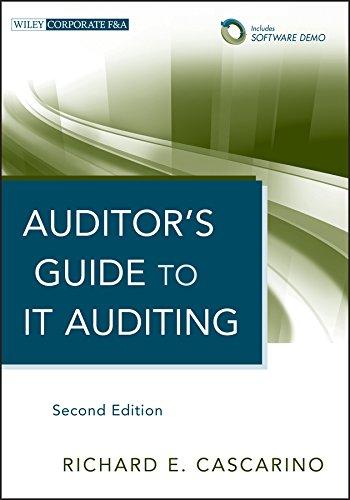ANSWERS MUST BE FOUND BY USING FORMULAS !!!!



E G H A B D F 1 Stanford Enterprises uses job-order costing. 2 The allocation base for overhead is direct labor hours. 3 4 Data for the year just ended: 5 Estimated total manufacturing overhead cost $ 275,000 6 Estimated total direct labor hours 25,000 7 Actual total direct labor hours 27,760 8 9 Actual costs for the year: 10 Purchase of raw materials (all direct) $375,000 11 Direct labor cost $536,300 12 Manufacturing overhead costs $302,750 13 14 Inventories: Beginning Ending 15 Raw materials (all direct) $ 15,000 $ 11,375 16 Work in process $ 27,875 $ 22,350 17 Finished goods $ 34,600 $ 26,450 18 19 Use the data to answer the following. 20 21 1. Compute applied overhead and determine the amount of underapplied or overapplied overhead: 22 Actual manufacturing overhead cost 19 Use the data to answer the following. 20 21 1. Compute applied overhead and determine the amount of underapplied or overapplied overhead: 22 Actual manufacturing overhead cost 23 Predetermined overhead rate Actual direct labor hours Manufacturing overhead applied 26 Underapplied (overapplied) manufacturing overhead 24 25 27 28 29 2. Prepare a schedule of cost of goods manufactured: 30 32 35 31 Stanford Enterprises Schedule of Cost of Goods Manufactured 33 Direct materials: 34 Raw materials inventory, beginning Add: Purchases of raw materials Total raw materials available Deduct: Raw materials inventory, ending Raw materials used in production 39 Direct labor 40 Manufacturing overhead applied to work in process 41 Total manufacturing costs 36 37 38 37 Deduct: Raw materials inventory, ending 38 Raw materials used in production 39 Direct labor 40 Manufacturing overhead applied to work in process 41 Total manufacturing costs 42 Add: Beginning work in process inventory 43 Total cost of work in process 44 Deduct: Ending work in process inventory 45 Cost of goods manufactured 46 47 3. Prepare a schedule of cost of goods sold. 48 49 50 Stanford Enterprises Schedule of Cost of Goods Sold 51 52 Finished goods inventory, beginning 53 Add: Cost of goods manufactured 54 Cost of goods available for sale 55 Deduct: Finished goods inventory, ending 56 Unadjusted cost of goods sold 57 Underapplied (overapplied) overhead 58 Adjusted cost of goods sold 59









